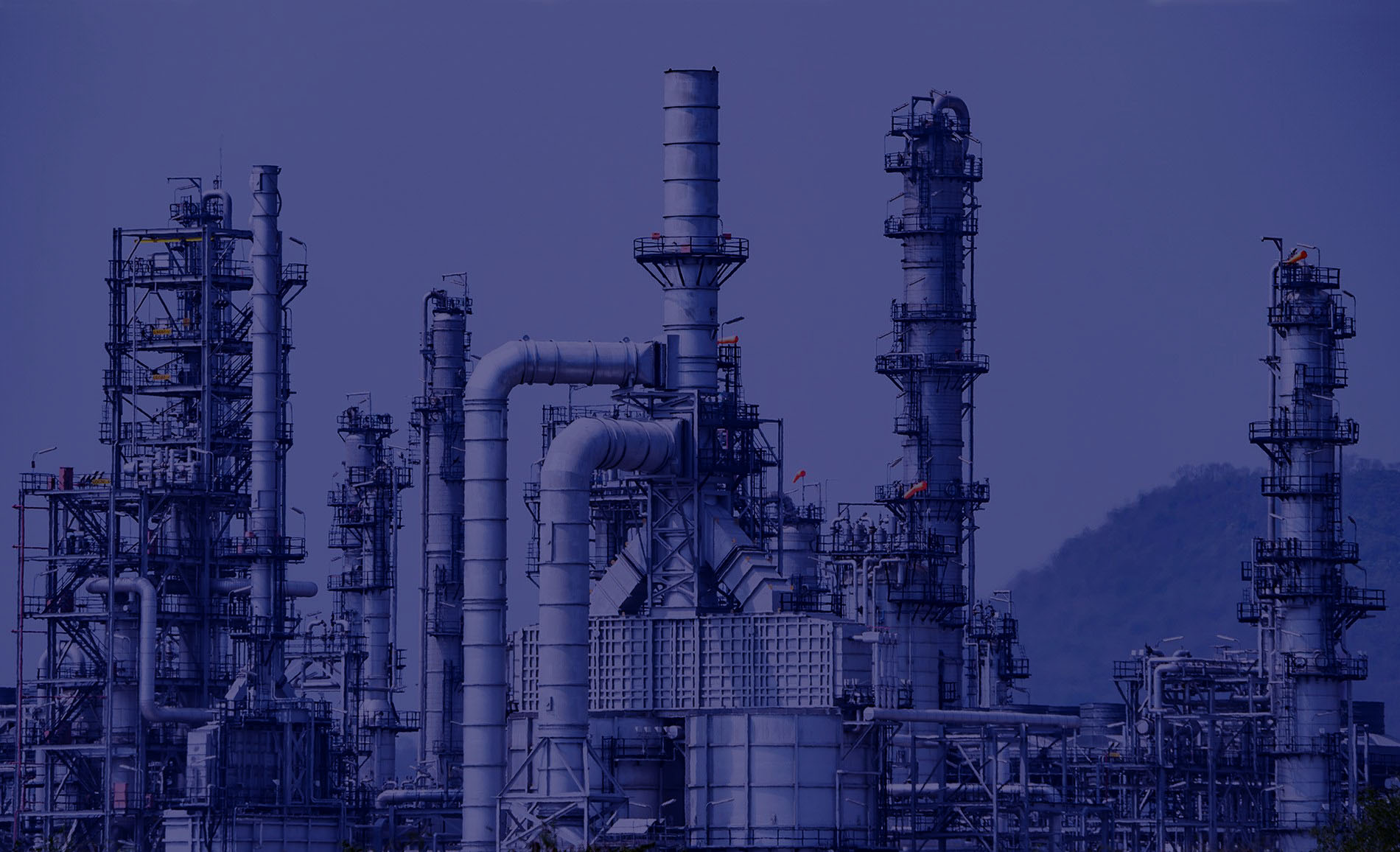Rigid Foam
Rigid foams are derived from a variety of metallic and nonmetallic sources, of which polymeric
foams are the most common because they are relatively easy to formulate and their processing is
less energy intensive.
In the construction industry, polyurethane rigid foam is important to the
structural integrity of both commercial and residential buildings. It provides
a high level of insulation for walls, doors, and windows, and reduces noise
as well.
The main applications of rigid biofoams are in abating noise and absorbing energy during a
mechanical input. Rigid foams work with the basic principle of creating a network of closed cells through which density is reduced, as the bulk is replaced by air pockets.

